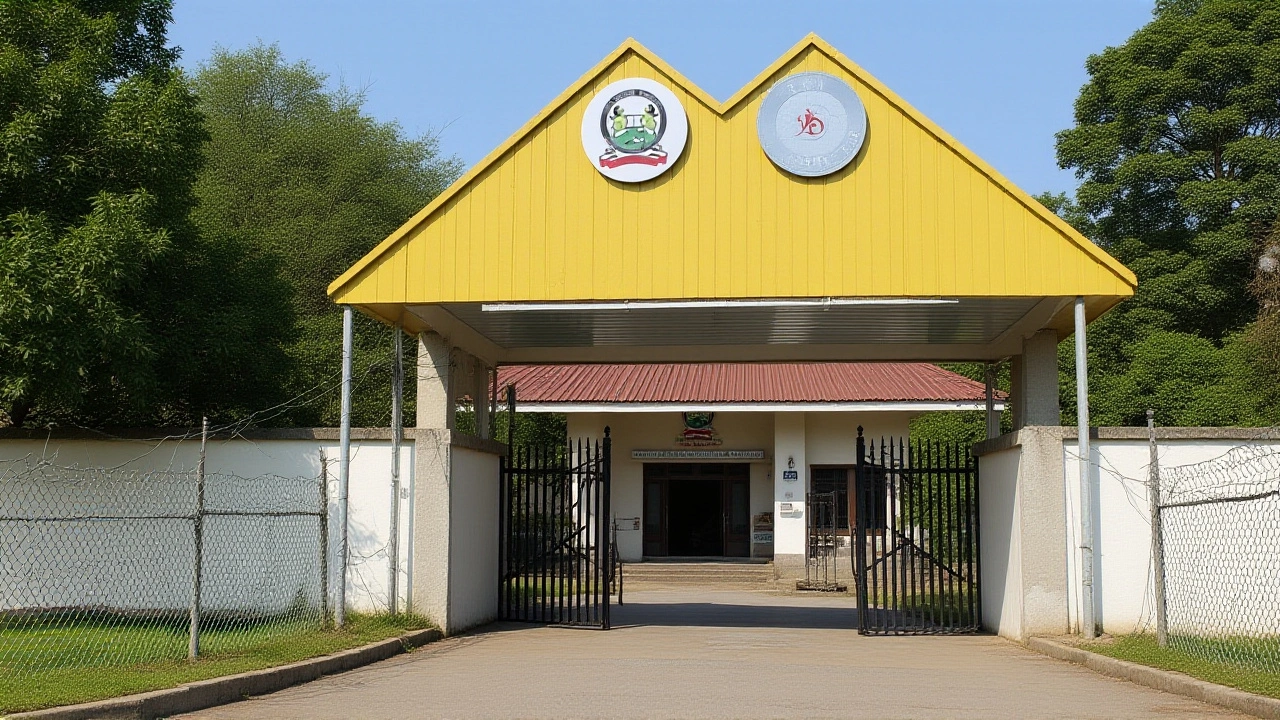KCSE – Your Guide to Kenya’s Core Secondary Exam
When talking about KCSE, the Kenya Certificate of Secondary Education, a national exam taken at the end of secondary school. Also known as Kenya Certificate of Secondary Examination, it determines students’ eligibility for higher education and job opportunities. Think of it as the final checkpoint before university or the workforce, and the benchmark every Kenyan teen aims for.
Who runs the exam?
The exam is administered by Kenya National Examinations Council (KNEC), the body that designs, conducts, and grades national assessments. KNEC sets the dates, prints the papers and publishes the results, which means its standards directly shape what the KCSE looks like each year.
Because KNEC handles everything from question setting to result verification, the quality of the KCSE is closely tied to the council’s policies. When KNEC updates its syllabi, schools must adjust their teaching plans, creating a clear link between the council and classroom practice.
That link also shows why teachers keep a close eye on KNEC announcements – any change can affect how students prepare for the big day.
Beyond the council, the exam draws from the Kenyan secondary curriculum, a set of core and elective subjects that students study from Form 1 to Form 4. Subjects like Mathematics, English, Kiswahili, Biology, and Chemistry form the backbone, while electives let schools tailor programs to local needs.
The curriculum defines the content that appears on KCSE papers, so a solid grasp of it is essential. When the curriculum adds a new topic, you’ll see that reflected in the next KCSE cycle.
Once the scores are out, they feed straight into university admission, the process Kenyan higher‑education institutions use to select candidates based on KCSE results. Universities publish cut‑off points for each course, and students match their KCSE grades against those thresholds to secure a place.
This relationship means KCSE isn’t just a piece of paper; it’s the key that unlocks degree programmes, professional courses, and sometimes scholarship opportunities.
Another piece of the puzzle is the KCSE grading system, a scale from A to E that translates raw marks into grades and points. Points are calculated by multiplying the grade by a factor, then summing across subjects to produce a total score used for university entry.
Understanding how the grading works helps students set realistic targets. For example, a Grade A in Mathematics often carries more weight for engineering programmes than a lower grade in a non‑core subject.
All of these elements—KNEC, the curriculum, the grading system, and university admission—form a tight ecosystem around KCSE. When one part shifts, the others adjust, keeping the whole process in balance.
Below you’ll find a curated list of recent KCSE‑related stories, analyses, and tips. Whether you’re a student, parent, teacher, or just curious about Kenya’s education landscape, the posts ahead will dive deeper into exam trends, preparation strategies, and policy updates that matter right now.
KNEC now lets candidates amend or replace KCPE and KCSE certificates online via the QMIS portal, speeding up name‑change requests to 30 days.
More
